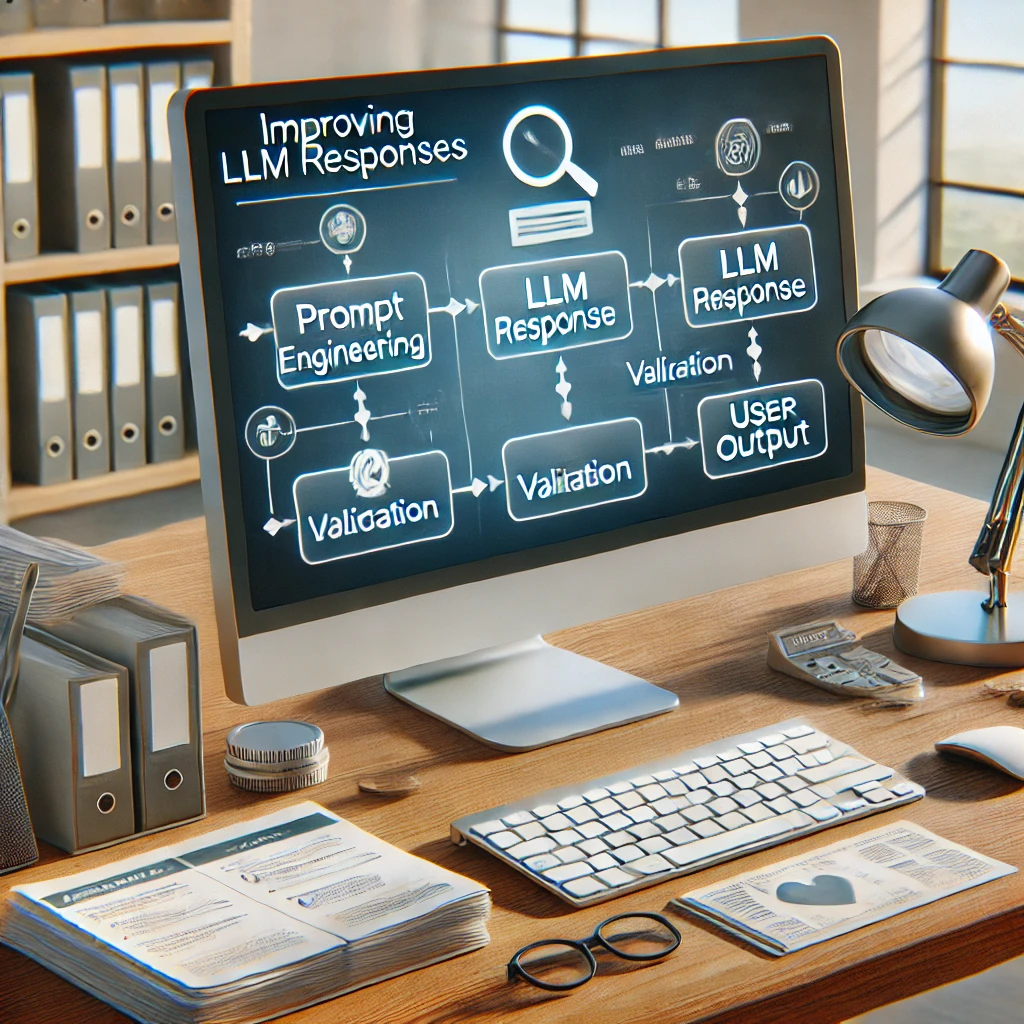To make LLM (Large Language Model) responses more useful, relevant, and appropriate, several techniques can be applied:
- Prompt Engineering: Crafting the prompt carefully ensures that the LLM receives enough context to generate relevant responses. This involves using clear, specific language and, where necessary, providing examples or instructions that steer the LLM in the right direction.
- Retrieval-Augmented Generation (RAG): Integrating real-time or domain-specific data into the LLM’s output can significantly enhance its relevance. RAG retrieves pertinent information from external sources, helping the LLM ground its responses in factual data.
- Fine-tuning: Fine-tuning the LLM on a specialized dataset relevant to the user’s needs ensures the model produces domain-specific and contextually appropriate answers.
- Human-in-the-loop (HITL): Implementing human oversight during the model’s training or validation phases can help to catch inappropriate or irrelevant content, refining responses for quality and correctness.
- Post-Processing: After generating a response, post-processing can be applied to validate and refine the LLM’s output. This includes filtering out irrelevant information, checking factual accuracy, and adjusting tone and format to suit the context.
- Contextual Understanding: Incorporating user history, task-specific metadata, or conversational memory helps the LLM stay consistent with previous interactions, increasing the relevance of future responses.
Enhancing LLM responses involves careful prompt engineering, retrieval of relevant data, and validation to ensure accuracy, relevance, and appropriateness. Techniques like RAG, fine-tuning, and post-processing help improve the quality of outputs.![]()

